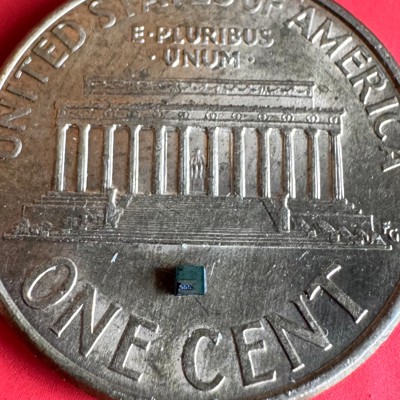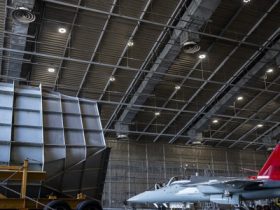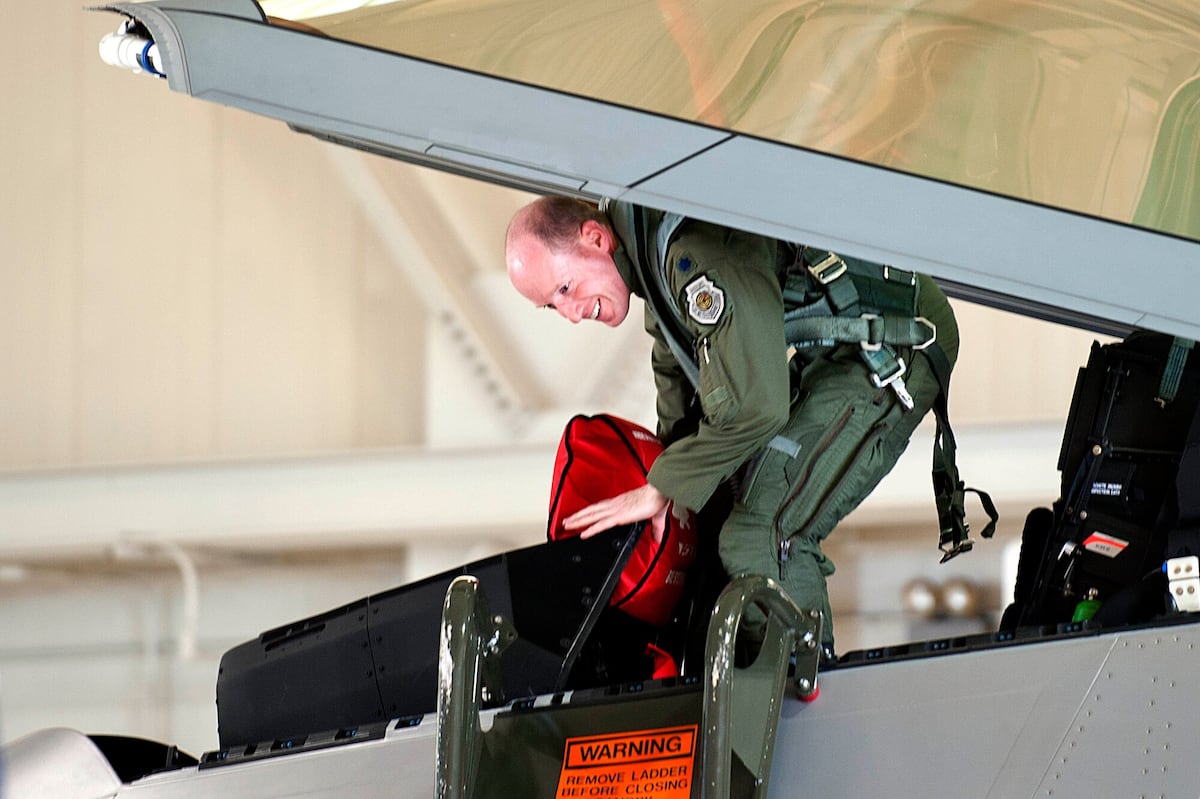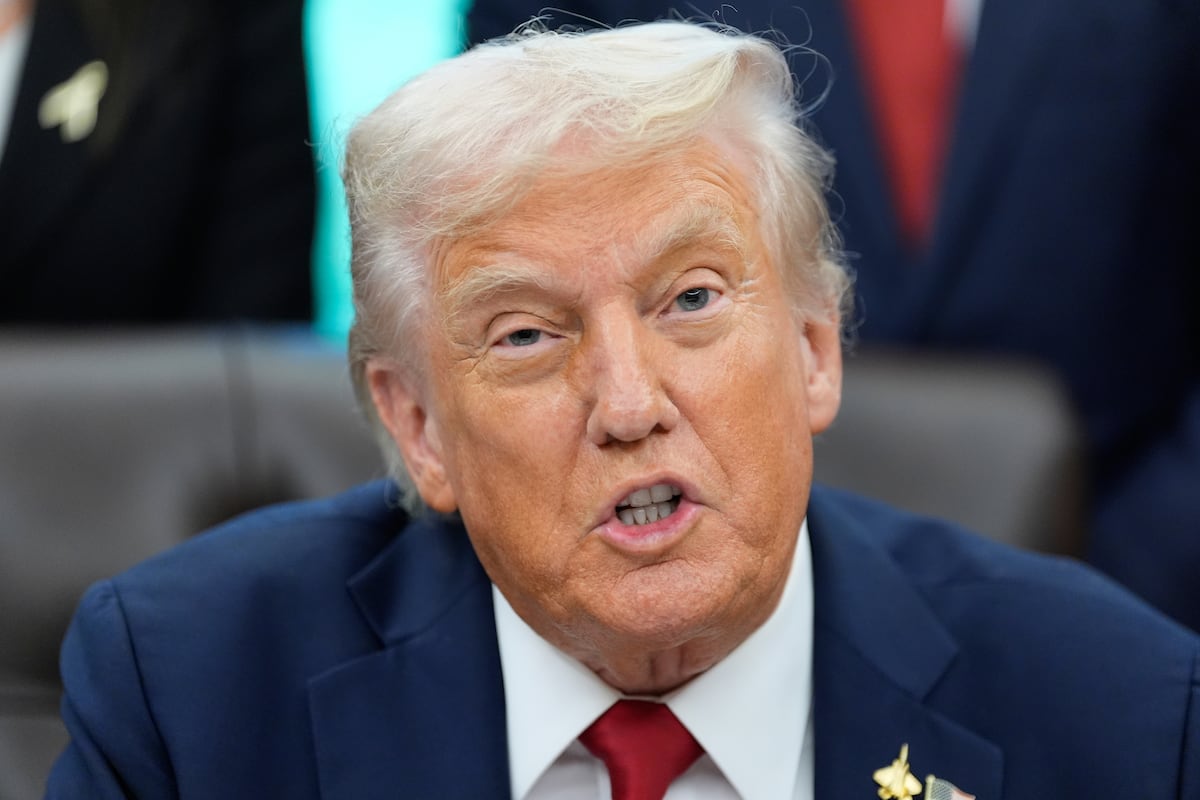Could a miniaturized radio component ease political debates over the ownership and use of frequencies held by the Pentagon and coveted by telecommunications companies?
For the past three years, the Defense Advanced Research Projects Agency has been developing high-performance, fingertip-sized filters that can block interference from other devices, allowing systems from radars to handheld radios to operate without interruption or vacating a frequency.
The endearingly named COFFEE Filter program, which is short for Compact Front-end Filters at the Element-level, can narrow or widen the emission and reception bands.
“It passes just the wavelength that we want, and it rejects the wavelengths that we don’t want,” said Todd Bauer, program manager for DARPA’s Microsystems Technology Office.
The aim is to squeeze more use out of the spectrum by enabling telecom gear to operate on frequencies that are very close to ones used by military systems.
“If you have some commercial application that’s operating at, say, 12.9 gigahertz nominally, but it’s a pretty loud emitter, and you have some military asset that’s operating at 13 gigahertz, and you’re worrying about one bleeding into the other, good filters can ensure that you keep those two signals separated,” Bauer said. “A filter on the transmit and or receive signal of each party will ensure that they operate only in the 12.9-gigahertz regime, and only in the 13-gigahertz regime without bleedover from one into the other,” Bauer said.
Spectrum filters that prevent signal leaking are not a novel invention, but DARPA’s effort to shrink them down is. They are about the size of a fingernail and typically inserted between a device’s antenna and preamplifier.
“Our original vision was to enable wide-band, multi-function radars that can operate in contested environments,” Bauer said. “Compact filters can have multiple applications. Because we are operating in the 2- to 18-gigahertz range, we’re paying close attention to what’s happening with the FR3 spectrum. From my perspective, it would be fantastic if our filter technology, the COFFEE filter technology, could become a technical solution that helps alleviate some of this conflict over FR 3 spectrum.”
There’s been a longstanding tug-of-war over spectrum frequencies, which pits telecommunications companies and their next-generation wireless network plans against national-security interests. And the White House’s goal to create a homeland missile defense system—which heavily uses parts of the spectrum that are also coveted by telecommunications carriers for next-generation wireless connectivity—adds pressure to an already tense debate.
The recently passed budget reconciliation bill reupped the debate, reinstating the FCC’s authority to sell off parts of the spectrum for commercial use.
“The law also mandates that the FCC and NTIA identify 800 MHz of spectrum within the 1.3 GHz to 10.5 GHz range for auction, excluding the 3.1-3.45 GHz and 7.4-8.4 GHz bands currently utilized by the DOD,” Ylli Bajraktari, President and CEO of the Special Competitive Studies Project wrote in a recent Substack post. “The bill also stipulates that the President has the authority to “modify or withdraw” spectrum bands slated for auction if deemed necessary for national security—giving the DoD an opportunity to safeguard its spectrum holdings.”
Launched as a radar-focused project, the COFFEE effort has evolved to include cellphone base stations and handsets. There’s also the consideration of using them in satellite terminals, which transmit and receive signals, and tactical radios.
“Satellite terminals, both transmit and receive, can benefit from COFFEE filters. And battlefield radios,” Bauer said. “We’re working on a series of demonstrations now where one of our performers will show us that they can use COFFEE filters in the DOD Common Data Link radio standard.”
DARPA is currently working through real-world applications with the goal of completing field demonstrations in mid-to-late 2026 with three use cases: radars, Common Data Link radios, and cellphone sites.
“These are the things that we really want to show to our mission partners, highlighting the utility of the technology,” Bauer said. “By hitting all three of those different potential markets, we’re hoping to create a sustainable economic environment for the technologies that we’ve developed here.”
Those demonstrations will serve as a capstone event and DARPA will keep working on the foundational filter technology, which is “winding down” in the next year before shifting focus to “transitioning out to the mission in the commercial world.”
But the filter technology isn’t without its challenges. For example, if a communications device is being actively jammed, it’s possible to damage the filter—like a burst pipe when too much water flows through—if too much power, or amplitude, is transmitted or received.
“That’s something that we’re studying now: how can we mitigate doing any damage to the filter, how can we improve the performance of the filter so they can stand off more amplitude?” Bauer said. “Those are things that we’re paying close attention to as we transition into our final phase—we’re asking our performers to think about power handling for the filters.”
Read the full article here








Leave a Reply